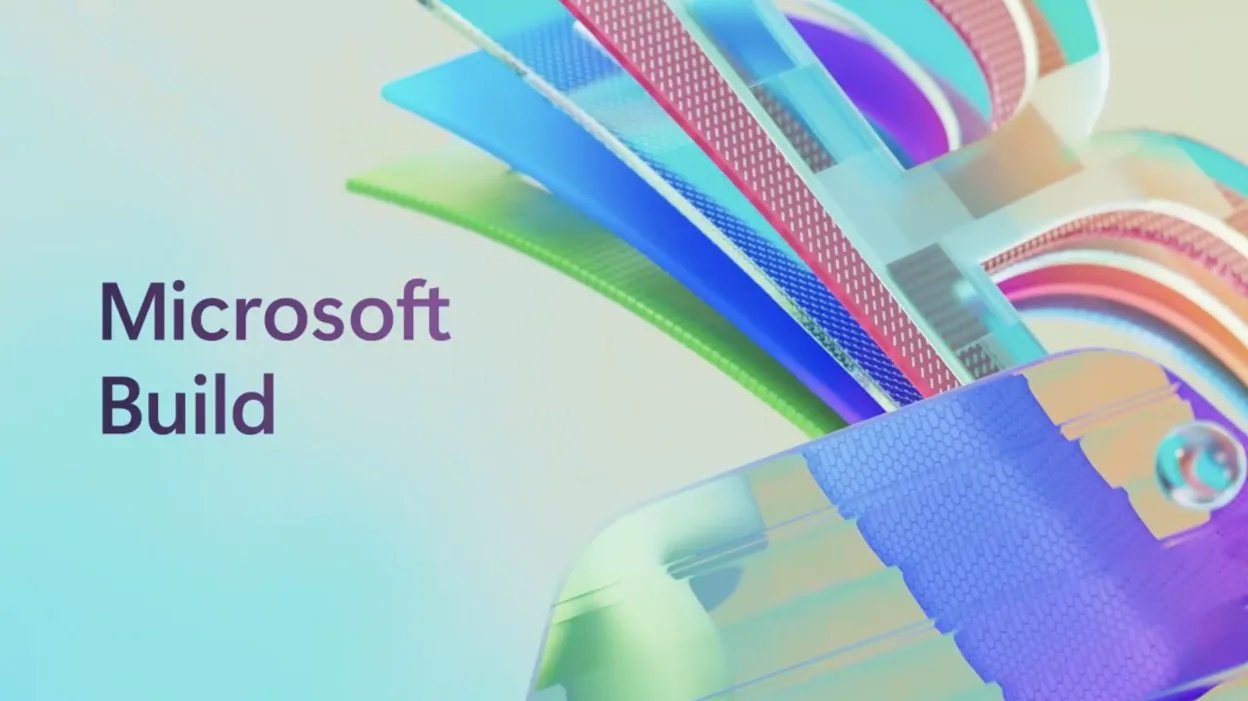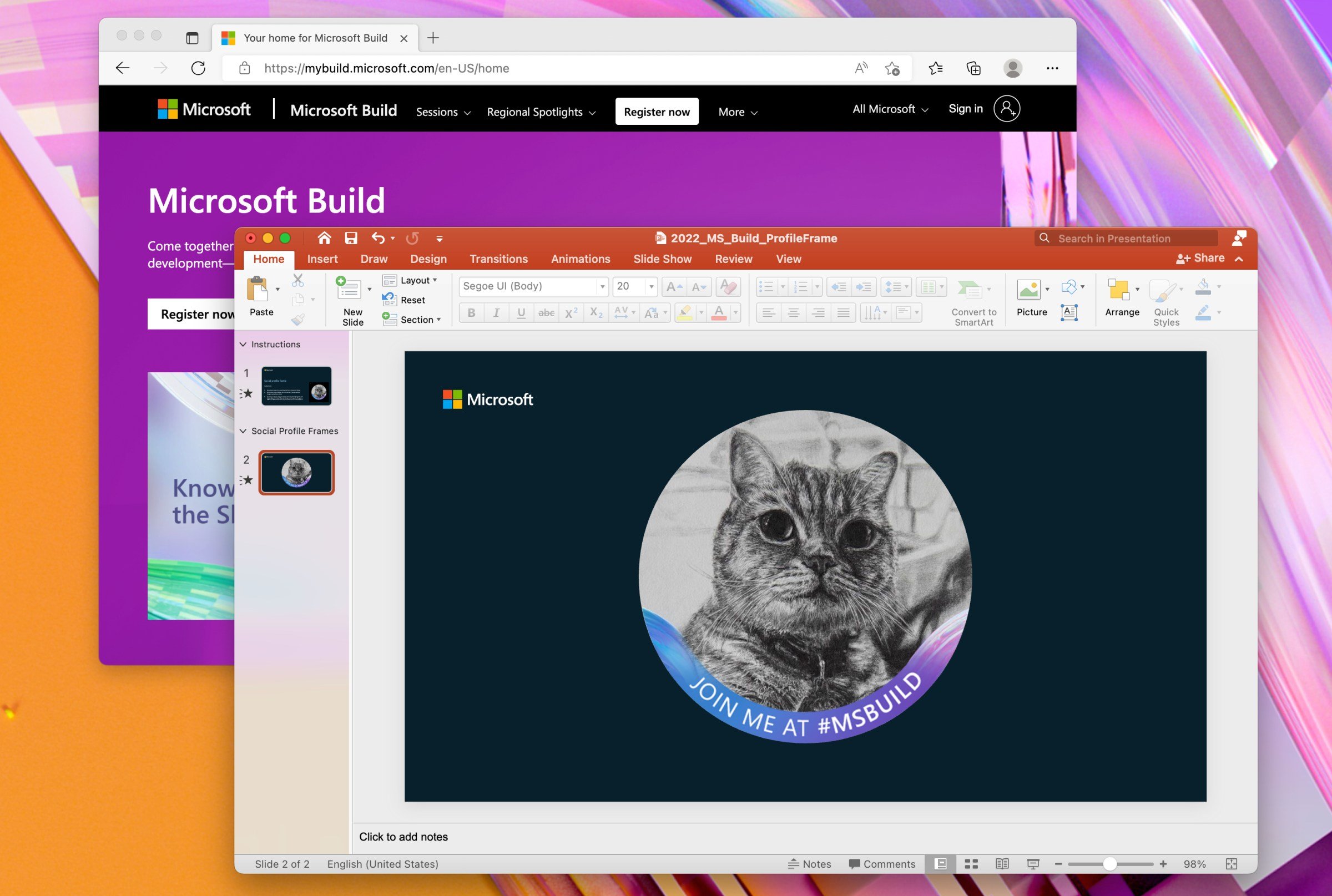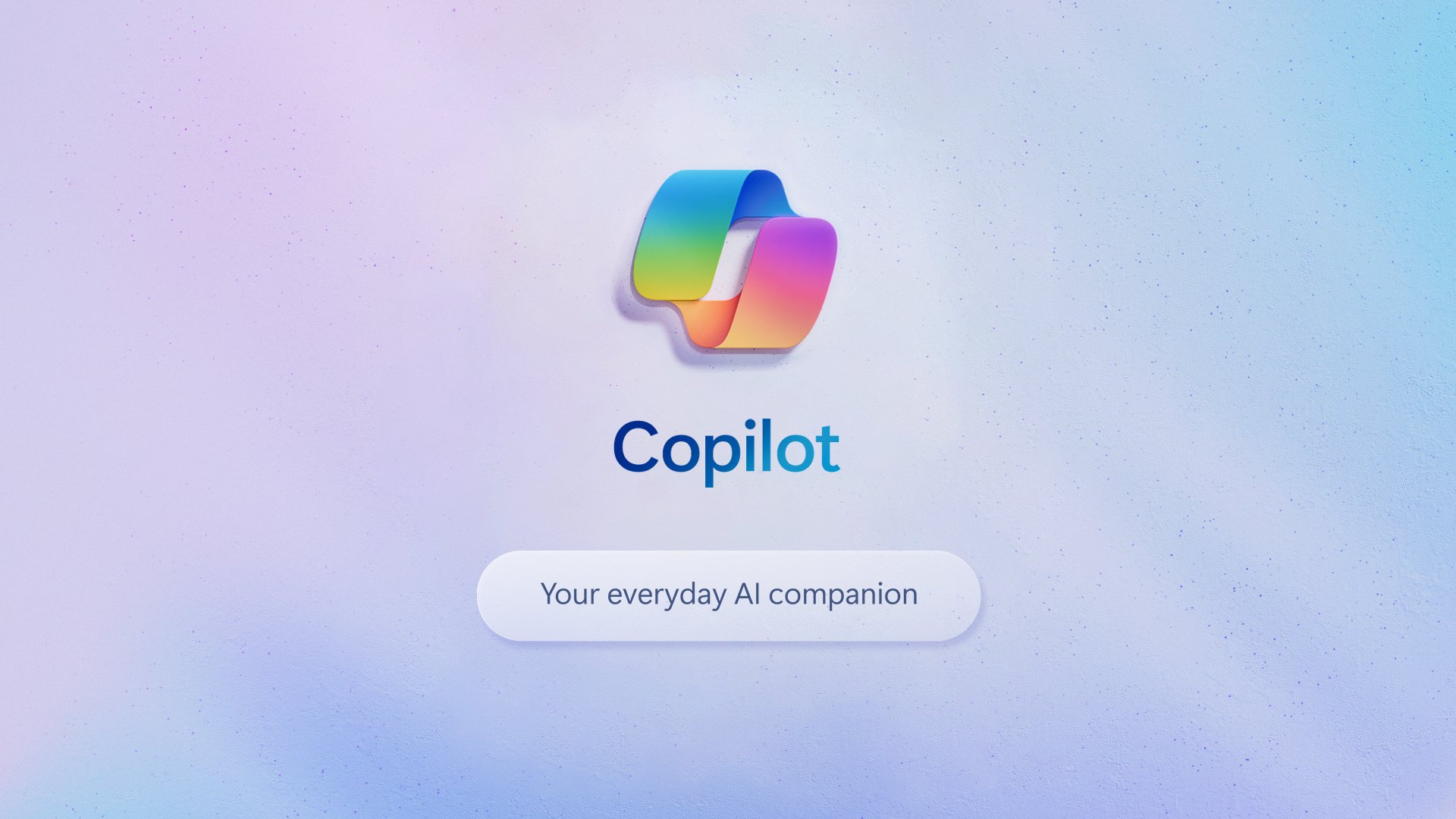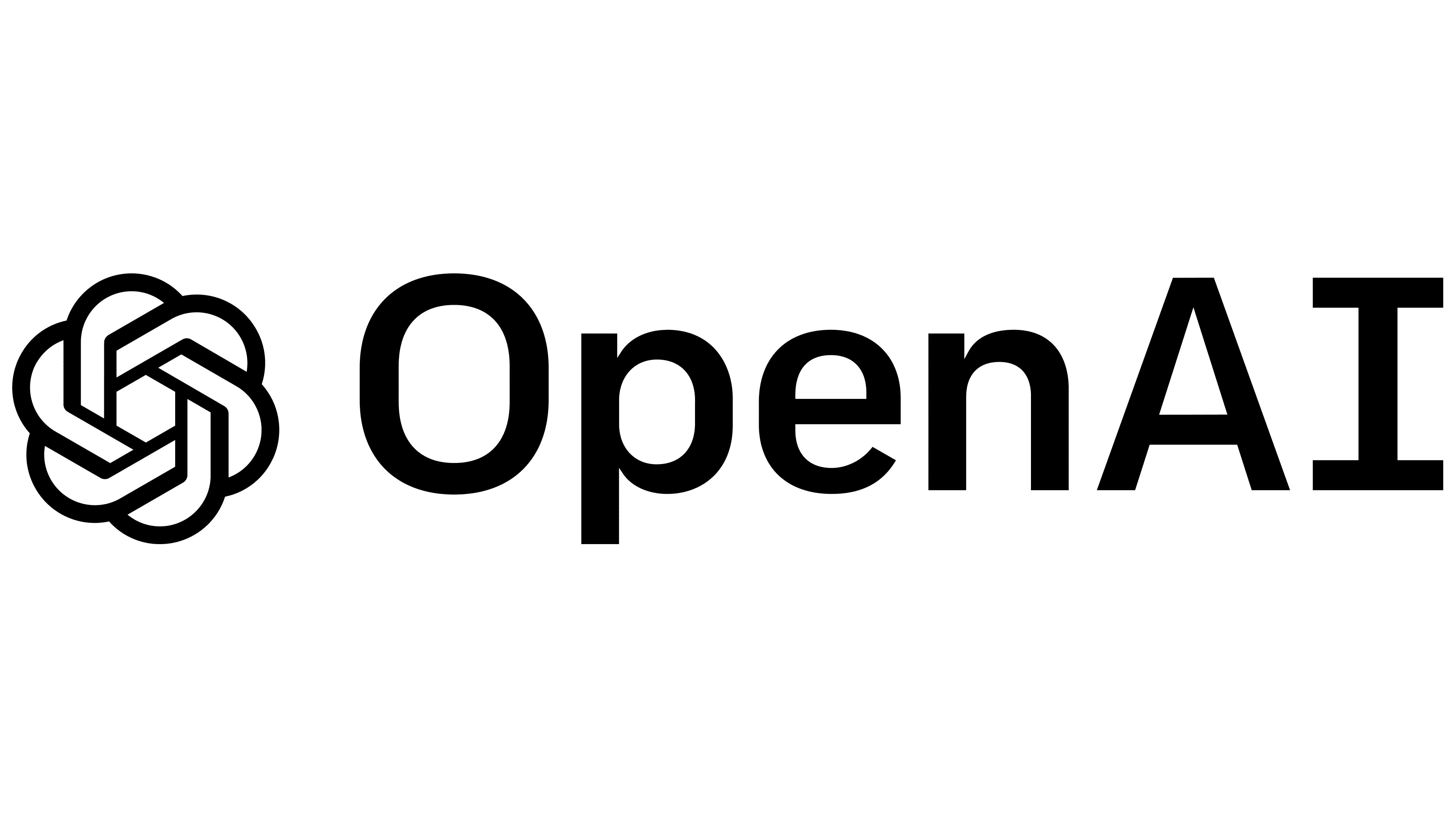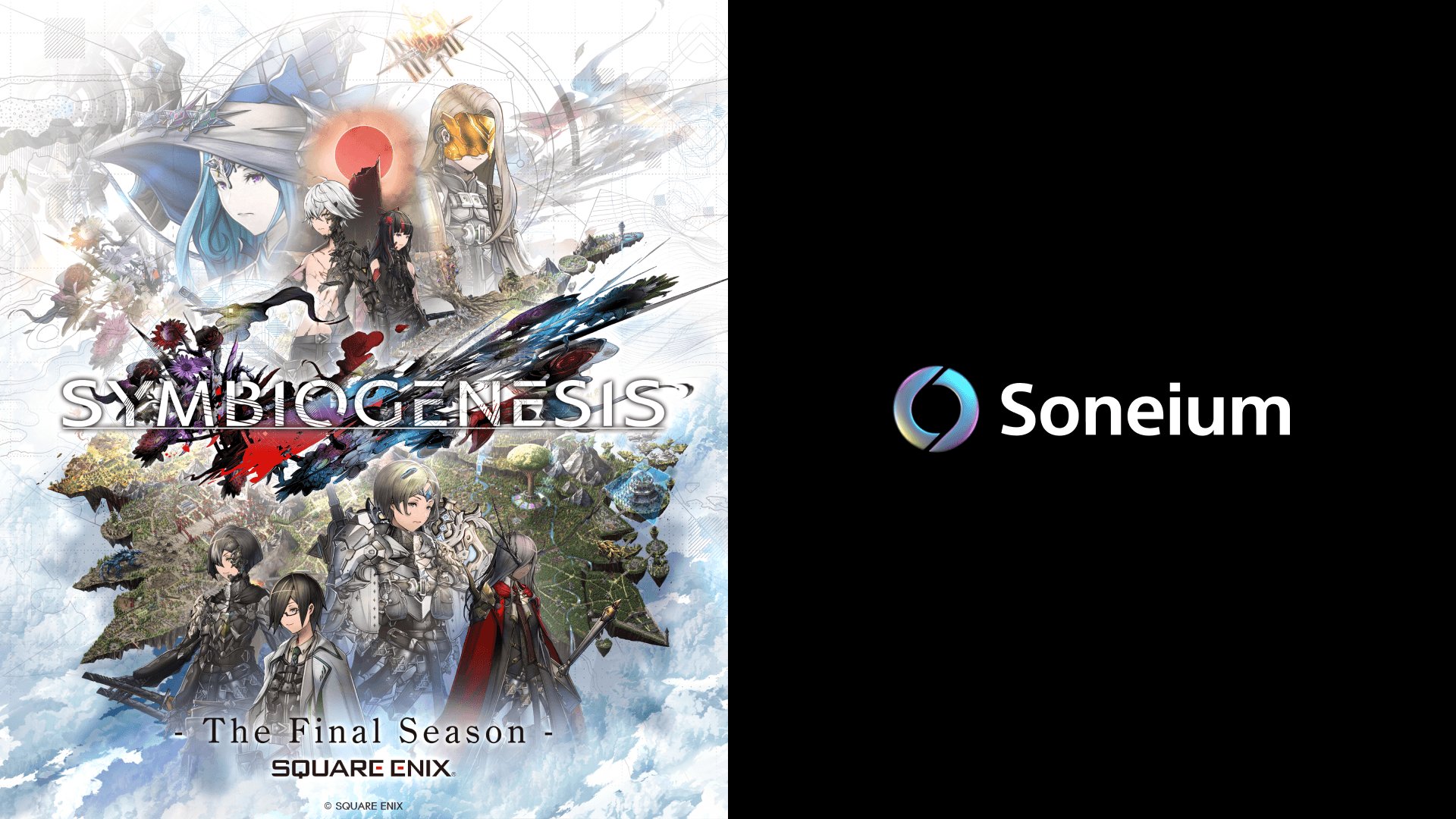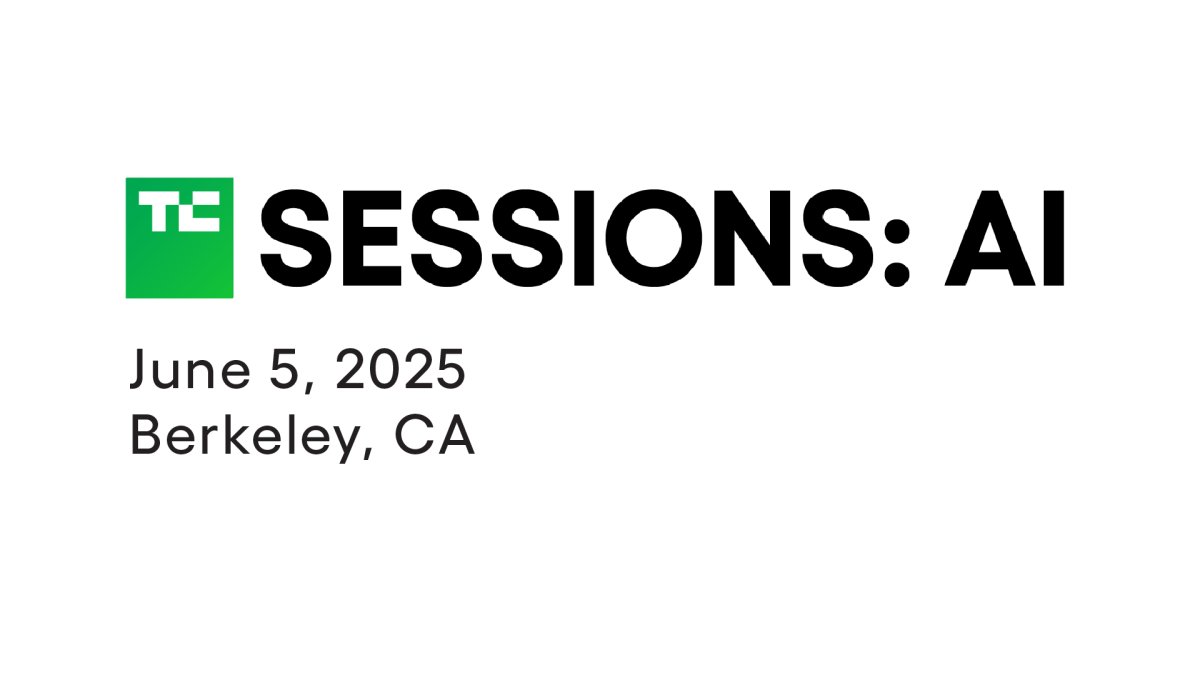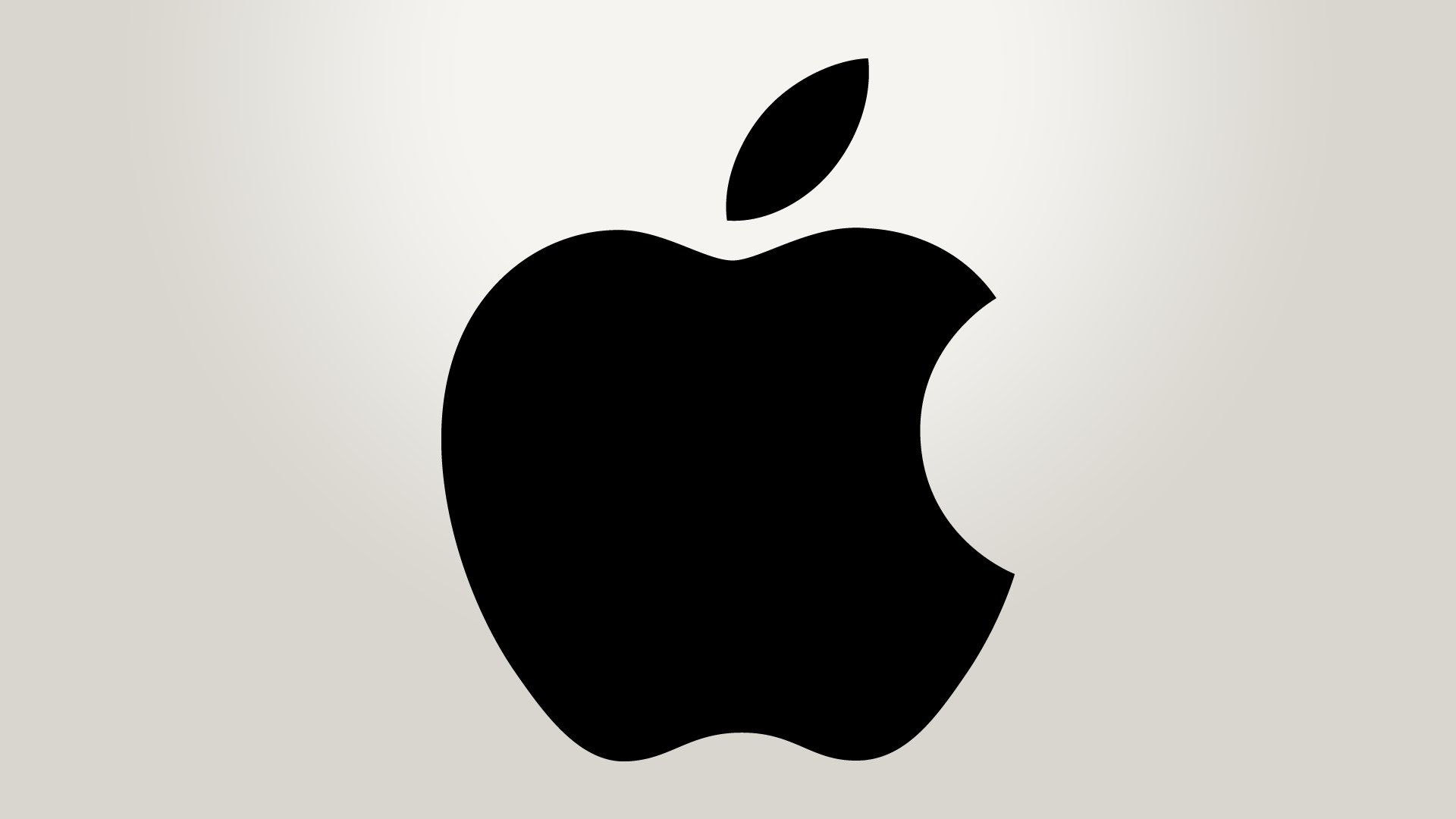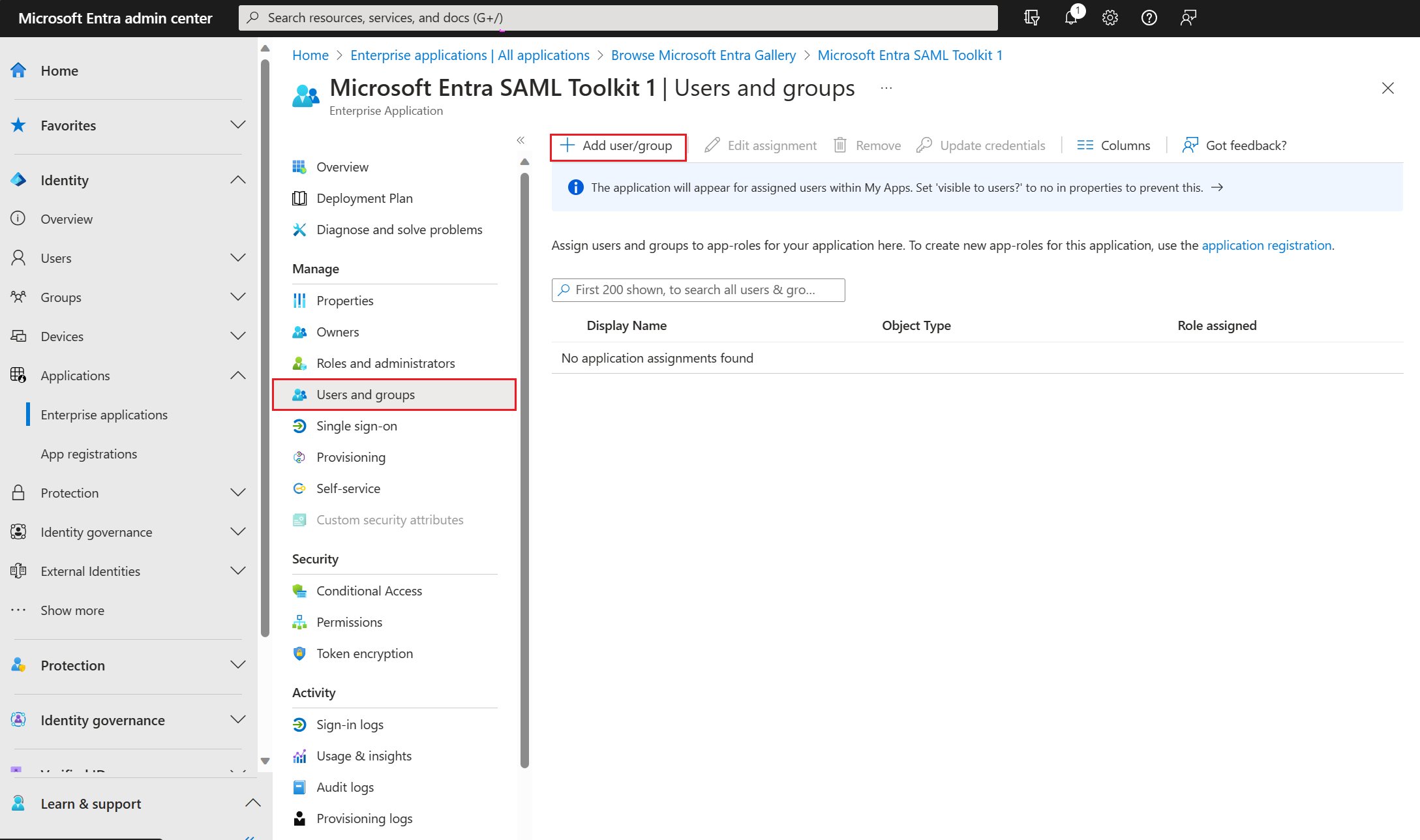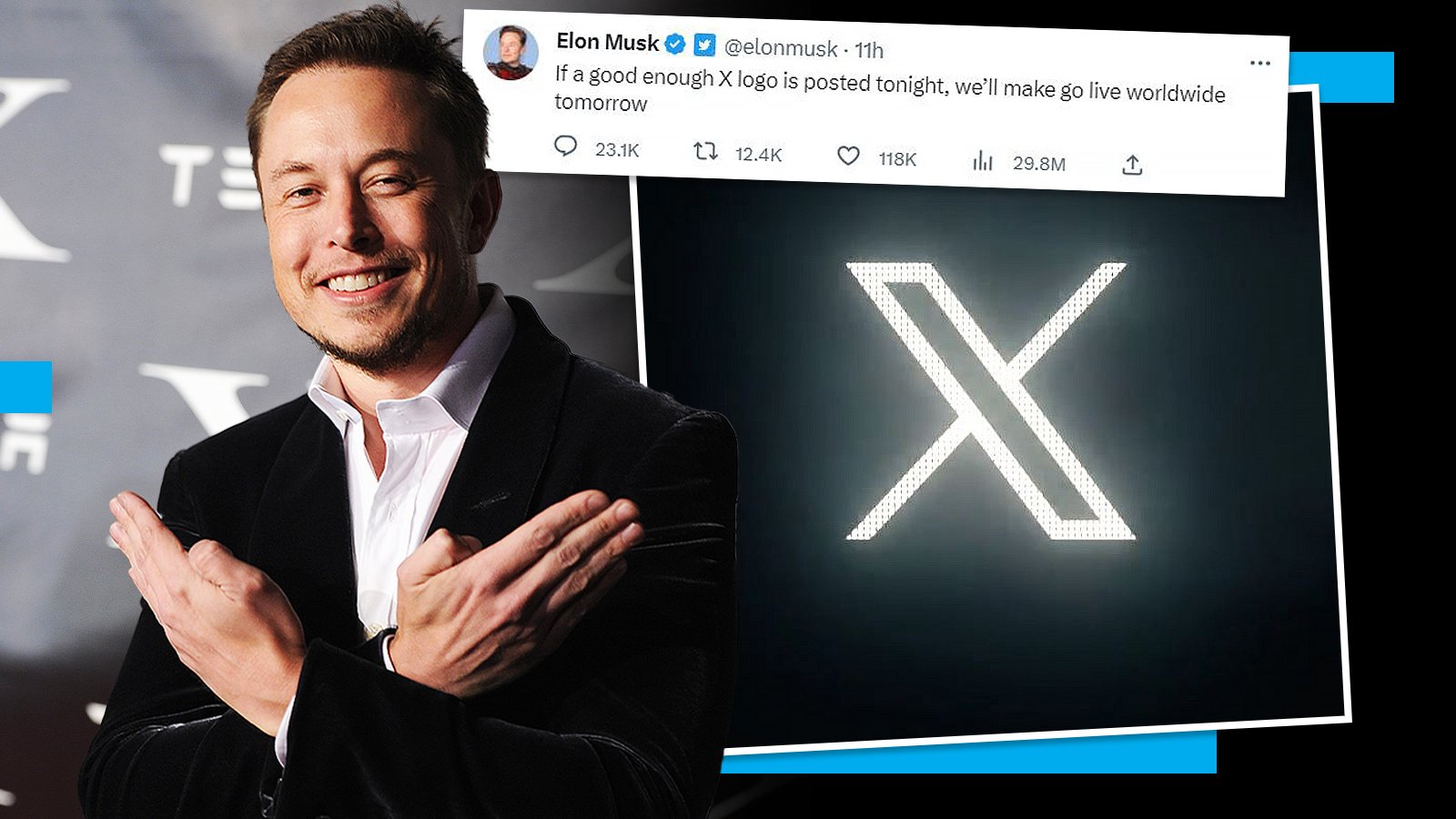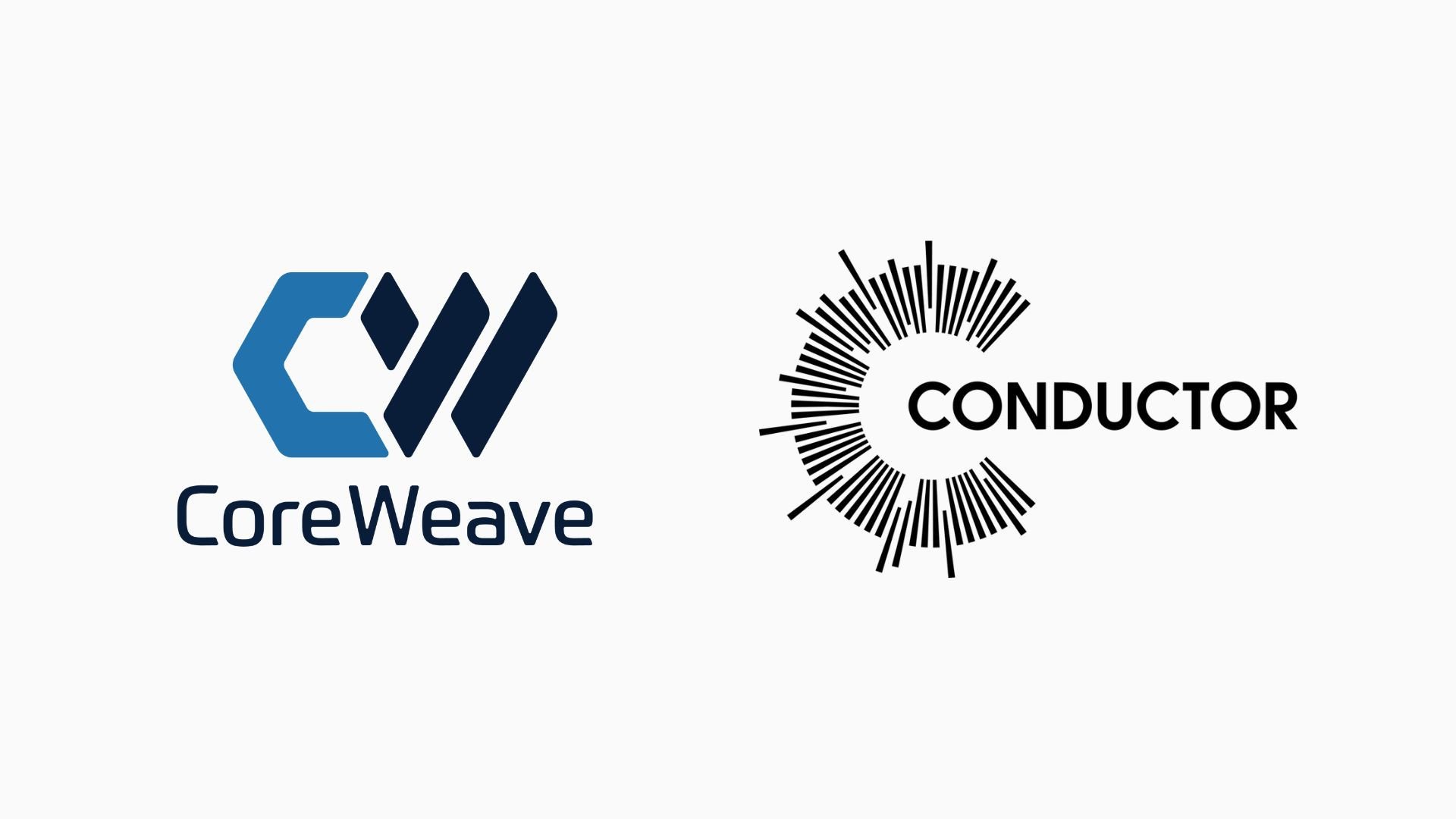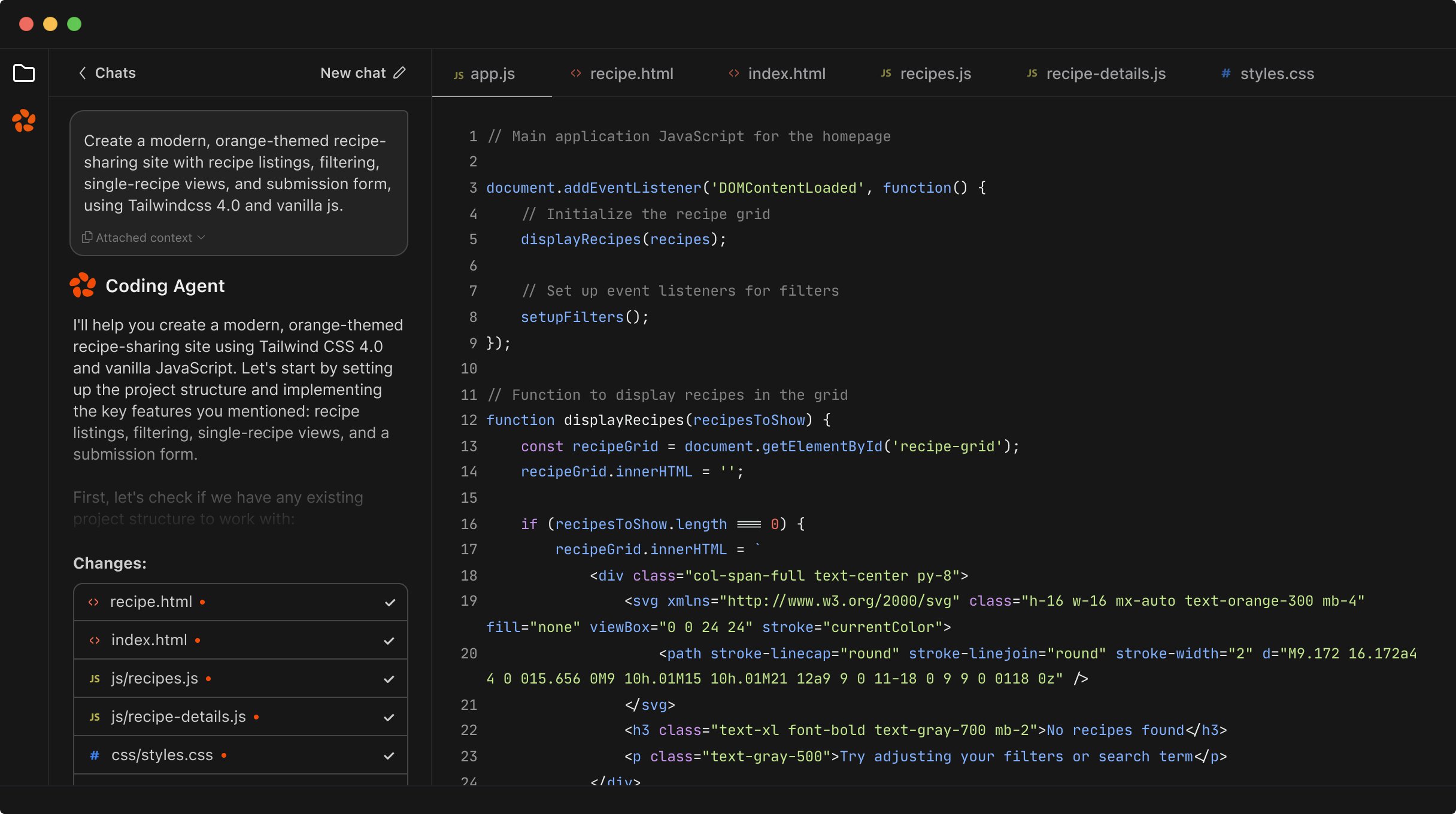Microsoft Build 2025 is right around the corner, scheduled from May 19 to May 22 at the Seattle Convention Center. As Microsoft’s headline event of the year, Build is always packed with high-profile announcements, new technologies, and deep dives into software and AI. The focus for 2025 is expected to be on Microsoft’s rapidly evolving Copilot AI, as well as a look at how the company is integrating AI across its services for business and consumers alike.
This event is an annual staple for developers, IT pros, business leaders, and pretty much anyone interested in the future of technology. Microsoft CEO Satya Nadella will lead the opening keynote, with other executive leaders like CTO Kevin Scott and key Copilot architects taking the stage. Highlights of the event will be streamed live online for free so enthusiasts everywhere can tune in.
Microsoft Build 2025 Dates and Location
The 2025 Microsoft Build conference kicks off on May 19 and runs through May 22. The venue is the Seattle Convention Center, just like several past years. This in-person gathering brings together some of the biggest names in software, but also draws many virtual attendees thanks to Microsoft’s online live streams.
Each year, Build is a global meeting point for developers, engineers, partners, and tech leaders. Those in Seattle will experience keynotes, breakouts, and hands-on labs with experts. The in-person aspect helps foster networking, but the hybrid nature ensures you don’t have to be in Seattle to stay on top of every announcement.
Seattle has become a core hub for the tech industry, and Microsoft’s choice to host Build here is a nod to its Pacific Northwest roots. Situated near Microsoft’s Redmond headquarters, the event capitalizes on the close proximity of its biggest talent and most important partners.
How to Stream Microsoft Build Live
Watching Build remotely has never been simpler. Microsoft is streaming the event live on its official Build portal, with free access for anyone registering. The streams will cover both keynotes and main developer sessions.
If you want to watch live, mark your calendar for the May 19 kickoff at 9:05 a.m. PT. The online portal will also offer on-demand replays for viewers in other time zones or anyone who misses the original broadcast. Interactive elements like Q&A sessions and digital networking lounges are included for registered users.
The conference stream supports multiple device types, so you can watch on a desktop, tablet, or phone. Microsoft typically provides language support and accessibility options as well, in keeping with its focus on broad inclusion.
Keynote Speakers and Schedule
The opening keynote starts at 9:05 a.m. PT on May 19 with CEO Satya Nadella. Nadella is expected to focus on Microsoft’s vision for AI, and how Copilot is evolving into a pivotal platform for business and developers. Kevin Scott, Chief Technology Officer, joins the kickoff as well.
On May 20 at 9 a.m. PT, Charles Lamanna – Corporate Vice President for Business and Industry Copilot – teams up with Scott Guthrie, Executive Vice President of Cloud and AI, for a detailed Copilot session. Expect in-depth discussions about Microsoft’s AI roadmap, ecosystem strategy, and new features rolling out immediately.
Throughout the week, Microsoft schedules several spotlights for product teams and external guests. Sessions and panels will offer insights into Windows, Azure, Microsoft 365, and developer tools. The full schedule, including breaks for networking and Q&A, is available on the Build website as the event nears.
Expect the keynotes to drive most of the headlines, as senior leaders set the tone for where Microsoft is heading in cloud, productivity, and artificial intelligence.
AI Innovations: Microsoft Copilot Updates
Copilot will be front and center at Build 2025. Over the last year, Microsoft has moved fast to integrate Copilot into nearly every corner of its ecosystem, and the conference will highlight all the new ways users and organizations can put AI to work.
Expect to see live demonstrations of Copilot running inside Windows, Microsoft 365 apps, and Azure. Copilot is rapidly evolving from text-based chat into a proactive assistant that can summarize meetings, suggest code, automate workflows, and even browse the web for relevant information.
Microsoft’s focus is not only on adding features but also refining Copilot to deliver more accurate and nuanced responses. New “deep research” tools are extending Copilot’s ability to pull from real-time data and trusted sources, making it much more useful for knowledge workers and technical users.
AI-driven productivity will dominate the theme, as Microsoft pushes Copilot as a must-have for getting more done in less time. There will also be updates about Copilot’s future integration with third-party apps, as Microsoft tries to cement its position as the leading workplace AI.
Also Read
AI Leaders Warn Senate: Global Cooperation Essential for AI Advancement
Developers attending Build can expect tools and APIs for customizing and embedding Copilot into their own solutions, expanding what’s possible for every organization and workflow.
Microsoft 365 Copilot Bundling and Pricing Changes
One of the most debated changes in the lead-up to Build 2025 is Microsoft’s decision to bundle Copilot into Microsoft 365 Personal and Family plans, followed by a roughly 30% price increase. This significant shift reflects both the value Microsoft places on Copilot and its bet that AI will be a core part of everyone’s software toolkit.
The rollout started this spring, with new and existing customers automatically receiving Copilot features inside their Microsoft 365 apps. Microsoft maintains that these changes are necessary to support ongoing innovation, but some users have voiced concern about the rapid price hike and whether everyone will use the extra features.
At Build, expect Microsoft to defend this strategy and showcase examples where Copilot delivers clear, repeatable value for everyday users. Demos and case studies may show how the AI features can help streamline document creation, meetings, and communications – aiming to convince users the subscription is worth the investment.
Also Read
Square Enix Symbiogenesis Expands on Sony Soneium Blockchain
The pricing strategy is part of a larger trend among tech giants to increase subscription prices while layering on premium features. Feedback from Build, both in the room and virtually, will influence how Microsoft refines its Copilot rollout and messaging for the year ahead.
Copilot’s New Features and Capabilities
This year, Copilot is getting major upgrades that expand beyond its original chatbot role. The headline features include things like “deep research” tools, which let Copilot scour trusted databases and pull together structured reports – turning what once took hours into minutes.
Another key change is Copilot’s new web browsing feature, allowing the tool to actively gather information and perform tasks online on behalf of the user. This is a game-changer for everyone from students and professionals to IT admins.
Action-based commands get a boost as well. Users will soon be able to ask Copilot to execute multi-step workflows like copying data between apps, scheduling meetings, or even running programmable macros directly from a chat window.
Also Read
Last Chance to Exhibit at TechCrunch AI Sessions at Berkeley
Expect updates around security and privacy, with Microsoft outlining how Copilot stays compliant with global regulations and customer data protection standards. IT admins and business users will get new management tools to control access and monitor AI usage at scale.
For developers, new APIs and extensibility options are coming, making it much easier to integrate Copilot features into third-party tools and workflows – opening up even more possibilities for automation and custom AI.
Microsoft’s AI Competition with OpenAI
Microsoft’s relationship with OpenAI has grown more complex in 2025. While Copilot currently depends on OpenAI models for a good part of its intelligence, recent moves by Microsoft point to a desire for greater independence. Microsoft has ramped up its internal R&D on large language models, hoping to reduce its reliance on OpenAI and offer its own, more customized AI solutions.
This dynamic partnership-turned-rivalry is set to be a key talking point, as both companies race to build more powerful and general-purpose AI. Microsoft’s deep investment in OpenAI has paid off so far, but differences over product strategy and commercial terms have grown sharper as both companies chase leadership in a crowded AI market.
Also Read
Florida Encryption Backdoor Bill for Social Media Fails to Pass
Expect announcements at Build about new proprietary AI models and hybrid solutions, allowing businesses to mix and match OpenAI features with Microsoft’s own technology stack. Microsoft may also discuss how it’s using feedback from Copilot users to fine-tune its models in unique ways that competitors can’t replicate.
There will be plenty of speculation and analyst attention on how this rivalry affects Copilot’s evolution, how quickly Microsoft can go fully independent, and what all this means for software buyers in the near future.
What Developers Can Anticipate at Build 2025
Build is tailored to developers, and 2025 promises big updates to developer tools across Visual Studio, Azure, and the open-source ecosystem. New APIs for building with Copilot, refreshing app frameworks, and easier cloud integrations will top the agenda.
Hands-on labs are expected to focus on using Copilot for code generation, debugging, and automating mundane development tasks. Microsoft will showcase real-world scenarios where AI helps teams deliver better software, faster.
Also Read
Apple’s New Chips Target Smart Glasses, Macs, and AI Hardware
Azure will get plenty of attention, with new services and toolkits for deploying Copilot-powered apps. Expect lots of technical sessions on topics like data security, scalability, and real-time collaboration using AI inside cloud environments.
For those just getting started, Build offers beginner sessions on AI, cloud, and productivity. Meanwhile, seasoned developers can network, share knowledge, and get direct support from Microsoft engineers on-site or virtually through scheduled Q&As.
As with previous years, the event is also a recruiting and community-building opportunity. Developers from around the world connect for job leads, partnerships, and grassroots tech projects that grow beyond Build itself.
Impact on Businesses and Users
The overarching message of Build 2025 is clear: AI is now core to Microsoft’s platform, and businesses that embrace Copilot can expect productivity gains and new possibilities. Early adopters report significant time savings, higher output quality, and smoother workflows, especially in document-heavy sectors like finance, law, and healthcare.
Also Read
Widespread Timeline Issues Hit X as Users Report Outages
For small businesses and everyday consumers, Copilot offers a chance to automate busywork, get better insights from data, and create richer content across Microsoft’s familiar apps. Microsoft is positioning Copilot as the easiest way to bring advanced AI into any home or office environment.
Enterprise IT leaders attending Build will hear about secure deployment strategies, governance, and compliance with local laws – critical factors for industries facing strict data regulations. Microsoft is also sharing success stories that highlight how Copilot can be customized for different sectors, from retail to research.
Ongoing debates over AI pricing, fair access, and privacy protections remain. Build provides a public forum for these issues, letting users voice questions and concerns directly to Microsoft executives and product teams.
